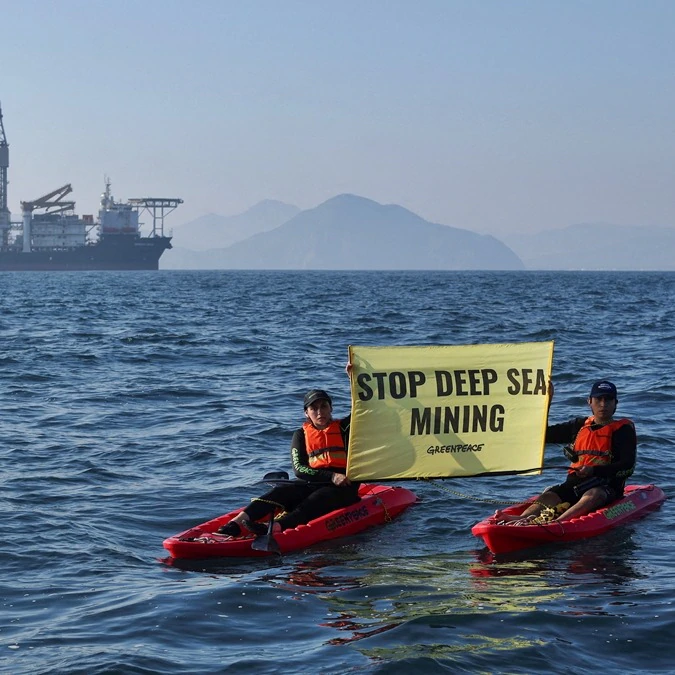“China Condemns U.S. Executive Order to Expedite Deep-Sea Mining, Citing Violations of International Law”
On April 25, 2025, China officially condemned a new executive order signed by U.S. President Donald Trump, which aims to speed up deep-sea mining operations in both U.S. and international waters. Chinese authorities called the move a violation of international law and a threat to global marine resources. The executive order, signed on April 24, 2025, seeks to fast-track the extraction of essential minerals like nickel, cobalt, and manganese—critical for high-tech and military uses—by speeding up permits and exploration activities beyond U.S. jurisdiction.
A spokesperson for China’s Foreign Ministry, Guo Jiakun, stated that the U.S. authorization “violates international law and harms the overall interests of the international community.” He emphasized that the international seabed and its resources are considered the common heritage of humankind, and any exploration or exploitation must comply with the United Nations Convention on the Law of the Sea (UNCLOS) and operate under the framework of the International Seabed Authority (ISA). However, the U.S. has not ratified UNCLOS, which raises concerns about its commitment to international maritime laws.
The executive order has sparked criticism from environmental groups and more than 30 countries, including France, Canada, and New Zealand, who are calling for a moratorium on deep-sea mining until clear international guidelines are in place. Critics argue that the move undermines efforts by the ISA to develop environmental safeguards and could lead to irreversible harm to marine ecosystems. On the other hand, supporters of the order contend that offshore mining may be less damaging than land-based mining and is vital for securing critical minerals needed for renewable energy technologies.
The U.S. government maintains that the executive order is essential for national security and economic growth, aiming to reduce reliance on foreign sources—especially China—for these critical minerals. Estimates suggest that the ocean floor contains between $8 trillion and $16 trillion worth of these metals, with over a billion metric tons of mineral-rich nodules potentially extractable from U.S. waters alone. As the debate unfolds, the global community is closely monitoring the situation, worried about the long-term impact on ocean governance and environmental sustainability.

